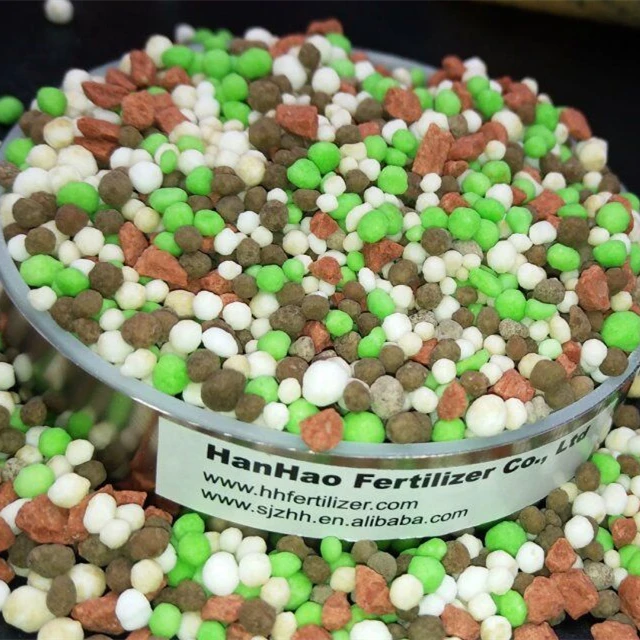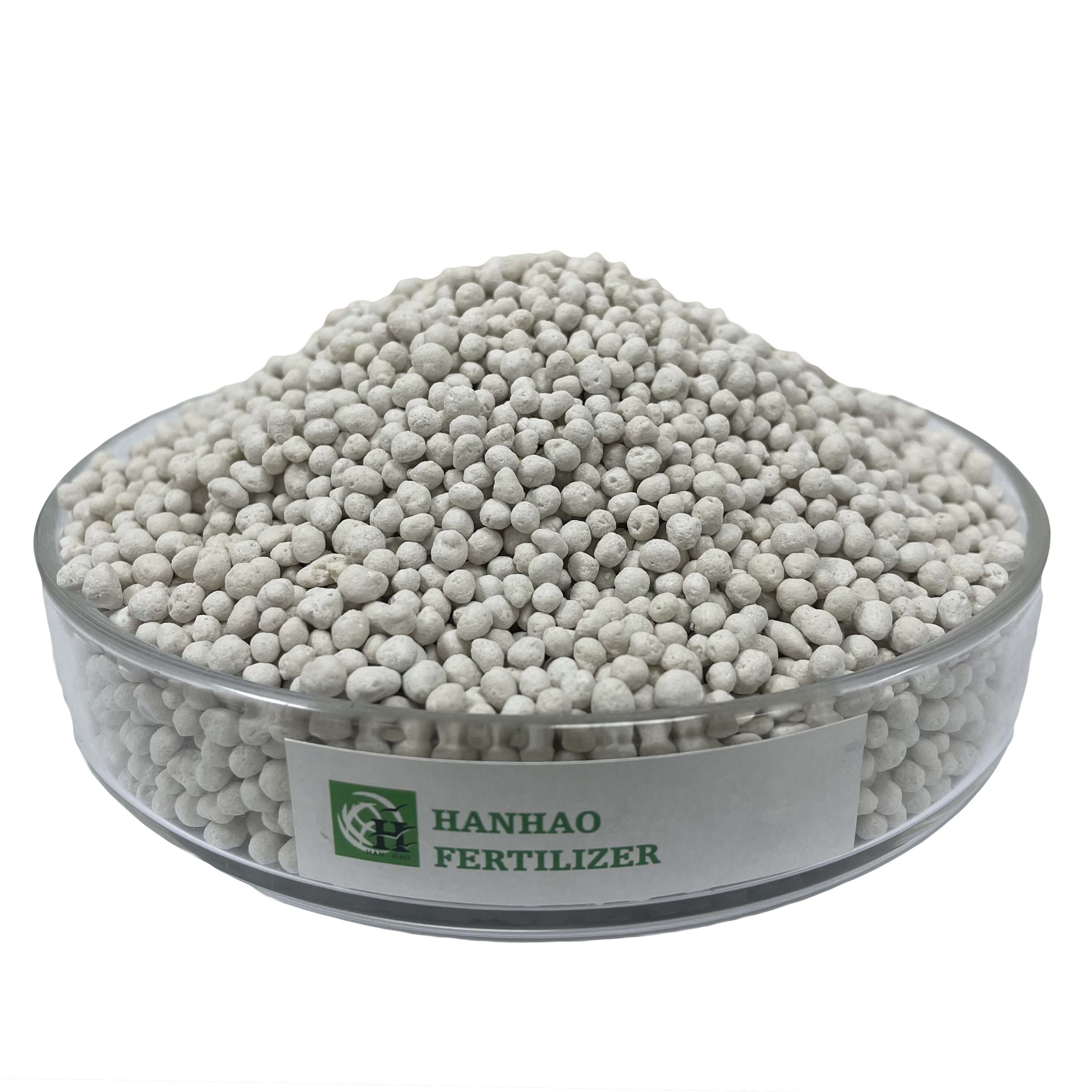
Jul . 07, 2025 07:38 Back to list
10-52-10 Fertilizer Supplier – Premium NPK Compound & Granular Fertilizers for Crop Growth
- Introduction to 10-52-10 Fertilizer: Composition and Role in Plant Nutrition
- Understanding Key Technical Advantages of 10-52-10 and Other NPK Formulations
- Comparative Analysis: Major Compound Fertilizer Granular NPK Supplier Data
- Manufacturer Profiles: Evaluating Performance and Product Range
- Customization Solutions: Tailoring Fertilizer Formulas for Specific Crops
- Field Applications and Case Studies: Evidence from Real-World Practices
- Conclusion: Selecting the Optimal 10-52-10 Fertilizer Manufacturer

(10-52-10 fertilizer)
Introduction to 10-52-10 Fertilizer: Composition and Role in Plant Nutrition
The 10-52-10 fertilizer
is a water-soluble, high-phosphorus fertilizer designed to support the critical phases of plant growth, particularly during root development and flowering. The numerical composition stands for 10% nitrogen (N), 52% phosphorus pentoxide (P2O5), and 10% potassium oxide (K2O) by weight, making it ideal for crops with high phosphorus demands. This unique nutrient balance makes the 10-52-10 formulation stand apart from general-purpose NPK blends such as fertilizer NPK 20 20 20 compound fertilizer suppliers and the customized NPK 15 12 24 products. Phosphorus, in particular, plays an essential role in promoting robust root growth, seedling vigor, and flower initiation, supporting the establishment of crops under diverse soil conditions. Precision in nutrient availability allows for enhanced plant uptake, reduction in nutrient waste, and maximized yield potential.
Technical Advantages: High Phosphorus & Versatile Application
The technological superiority of 10-52-10 fertilizer lies in its exceptionally high P2O5 ratio compared to balanced formulations. Scientific trials reveal that a phosphorus-focused feed can accelerate rooting by up to 28% in seedling stages, compared to standard 20-20-20 NPK fertilizers. Its water solubility ensures rapid dissolving, facilitating efficient nutrient delivery via fertigation, foliar applications, or direct soil incorporation. Table 1 provides a comparison of nutrient composition alongside common granular and compound fertilizer alternatives for reference.
| Fertilizer | N-P-K (%) | Water Solubility | Best Use Stage | Relative Root Promotion (%) |
|---|---|---|---|---|
| 10-52-10 | 10-52-10 | 100% | Rooting/Flowering | 128 |
| NPK 20-20-20 Compound | 20-20-20 | 90% | Vegetative/Growth | 100 |
| NPK 15-12-24 Granular | 15-12-24 | 85% | Fruit/Maturation | 95 |
The data solidifies 10-52-10 as a superior choice during transplanting or early growth, particularly where phosphorus concentration determines initial crop establishment. Its uniform granulation and immediate uptake further reduce fertilizer losses and environmental runoff.
Comparative Analysis: Major Compound Fertilizer Granular NPK Supplier Data
In practical terms, the decision to source 10-52-10 or comparable granular NPK fertilizers hinges on supplier reliability, consistency in quality, and breadth of distribution. Analyzing data from leading compound fertilizer granular fertilizer NPK 15 12 24 manufacturers, several benchmarks become evident. Below is a comparative table summarizing the key attributes of top-performing suppliers.
| Supplier | Product Line | Annual Output (MT) | Global Certification | Lead Time (Days) | Customization |
|---|---|---|---|---|---|
| Yara International | 10-52-10, 20-20-20, 15-12-24 | 4,000,000 | ISO, REACH | 10-15 | High |
| Haifa Group | 10-52-10, 15-12-24, Custom NPK | 2,200,000 | ISO, OMRI | 12-18 | Very High |
| ICL Specialty Fertilizers | 10-52-10, 20-20-20, 12-12-17 | 3,500,000 | ISO, REACH | 14-20 | Moderate |
Major suppliers consistently meet international regulatory standards, ensuring the absence of heavy metals and harmful residues. Annual outputs and rapid lead times provide confidence for both large-scale and specialty agricultural customers worldwide. Furthermore, the option for bespoke NPK blending positions certain manufacturers at a distinct market advantage.
Manufacturer Profiles: Evaluating Performance and Product Range
Effective evaluation of compound fertilizer granular fertilizer NPK 15 12 24 manufacturer portfolios involves a close examination of product diversity, quality assurance, customer support, and aftersales service. For instance, Yara International boasts decades of research-driven fertilizer advancements, delivering products with micronutrient fortification and enhanced bioavailability. Similarly, Haifa Group's leadership in water-soluble NPKs extends into precision agriculture, leveraging data analytics to recommend crop-specific formulas. ICL Specialty Fertilizers enhances their offering through controlled-release technologies and environmental stewardship programs.
Customer-centric manufacturers provide technical training, nutrient management planning, and soil diagnostic support to maximize fertilizer impact. Product consistency is maintained through automated blending, batch testing, and traceability programs. Increasingly, top performers are investing in circular economy approaches, reusing nutrient-rich byproducts from allied sectors, thus improving their sustainability profile. Choosing a manufacturer with a demonstrated history of adaptation to climate challenges and local regulatory shifts is an essential step for high-value crop producers and commercial agricultural organizations.
Customization Solutions: Tailoring Fertilizer Formulas for Specific Crops
While the exacting ratios of 10-52-10 fertilizer cater exceptionally well to transplantation, flowering, and fruiting demands of crops such as soybeans, maize, vegetables, and ornamental plants, the importance of fine-tuning NPK ratios should not be understated. Advanced compound fertilizer granular fertilizer NPK 15 12 24 manufacturers offer bespoke blending capabilities, responding to region-specific soil diagnostics and crop requirement data. For example, a citrus grower might benefit from a modified 12-15-30 blend with micronutrient inclusions, whereas a rice farmer may require altered nitrogen concentration for optimal tillering.
Customization is not limited to nutrient concentration but can also include release profile adjustments, anti-caking treatments, and coatings for humidity resistance. According to market surveys from 2023, over 64% of large-scale agricultural producers reported improved yields when switching from generic to customized NPK fertilizer solutions. Premium manufacturers now utilize digital soil mapping, leaf tissue analysis, and yield forecasting algorithms, maximizing the efficiency of every fertilizer application.
Field Applications and Case Studies: Evidence from Real-World Practices
The practical efficiency of high-phosphorus fertilizers like 10-52-10 is best understood through field data. In a multi-state trial conducted across 500 hectares of wheat farms in the Midwest, targeted 10-52-10 application (at 30 kg/ha during early sowing) increased mean yield by 17.2% versus farms relying solely on balanced NPK blends. Similarly, a fruit orchard in Southeast Asia observed earlier flowering and uniform fruit set, reducing harvest time by nearly two weeks with 10-52-10 fertigation. Table 3 provides concise real-world application data.
| Crop | Fertilizer Type | Application Rate | Yield Increase (%) | Flowering/Harvest Time |
|---|---|---|---|---|
| Wheat | 10-52-10 | 30 kg/ha | 17.2 | +9 days earlier |
| Tomato | NPK 15-12-24 | 40 kg/ha | 12.8 | More uniform, +10% size |
| Apple | 10-52-10 | 25 kg/ha | 15.4 | +2 weeks earlier |
Beyond yield increases, growers have reported improvements in root mass, disease resistance, and enhanced drought survival rates. Many professional agronomists now recommend pairing soil analytics with targeted 10-52-10 supplementation during key crop life stages for the best economic return.
Conclusion: Selecting the Optimal 10-52-10 Fertilizer Manufacturer
A strategic purchase decision in the fertilizer sector relies on understanding the nuanced distinctions between different NPK formulations, technical innovations, and supplier support systems. The 10-52-10 fertilizer remains an invaluable instrument for farmers seeking substantial root and flowering advantages, as clearly evidenced by both in-field outcomes and laboratory research. Progressive compound fertilizer granular fertilizer NPK 15 12 24 manufacturers, especially those excelling in product customization and sustainability, deliver substantial value to agricultural enterprises globally.
For agribusinesses and commercial farming operations targeting optimal yield, early crop establishment, and reduced input loss, working with high-output, technically advanced fertilizer suppliers is essential. Evaluating supplier reliability, customization capabilities, and their track record in supporting scientific agriculture will ensure maximum return on investment. As demands for food security, environmental stewardship, and precision nutrition intensify, selecting a proven 10-52-10 manufacturer will remain at the forefront of modern agricultural strategy.

(10-52-10 fertilizer)
FAQS on 10-52-10 fertilizer
Q: What is 10-52-10 fertilizer used for?
A: 10-52-10 fertilizer is mainly used to promote healthy root development, especially during early plant growth. Its high phosphorus content supports strong root systems. This makes it ideal for transplanting or early-stage crops.Q: How does 10-52-10 compare to NPK 20-20-20 compound fertilizer?
A: Unlike 10-52-10, which is high in phosphorus, NPK 20-20-20 has balanced nitrogen, phosphorus, and potassium. 20-20-20 is suitable for overall plant growth. Choose based on your plants' stage and nutrient needs.Q: Are there reputable suppliers for fertilizer NPK 20-20-20 compound fertilizer?
A: Yes, many global compound fertilizer suppliers offer high-quality NPK 20-20-20 formulations. Look for companies with certifications and positive customer reviews. Sourcing directly from reliable suppliers ensures product quality.Q: Who are reliable manufacturers of granular fertilizer NPK 15 12 24?
A: Several leading manufacturers produce compound and granular fertilizer NPK 15 12 24 for various crops. Make sure to verify the manufacturer's credentials and export experience. Comparing different manufacturers helps find the best solution for your needs.Q: What is the advantage of using compound granular fertilizer NPK 15 12 24?
A: NPK 15 12 24 provides balanced nutrition, supporting healthy plant growth and higher yields. Its granular form allows for easy application and controlled nutrient release. It is suitable for a wide range of crops and soil conditions.-
Organic 10-10-10 Fertilizer: Balanced NPK for Healthy Plants
NewsAug.27,2025
-
10 10 10 Organic Fertilizer: Balanced NPK for Healthy Plants
NewsAug.26,2025
-
Organic 10-10-10 Fertilizer: Balanced NPK for Healthy Plants
NewsAug.25,2025
-
Premium 15-30-15 Granular Fertilizer for Vigorous Growth
NewsAug.24,2025
-
Organic Amino Acid Fertilizer for Plants | Boost Growth & Yield
NewsAug.23,2025
-
Calcium Ammonium Nitrate (CAN) White Granular Agriculture Fertilizer
NewsAug.22,2025
